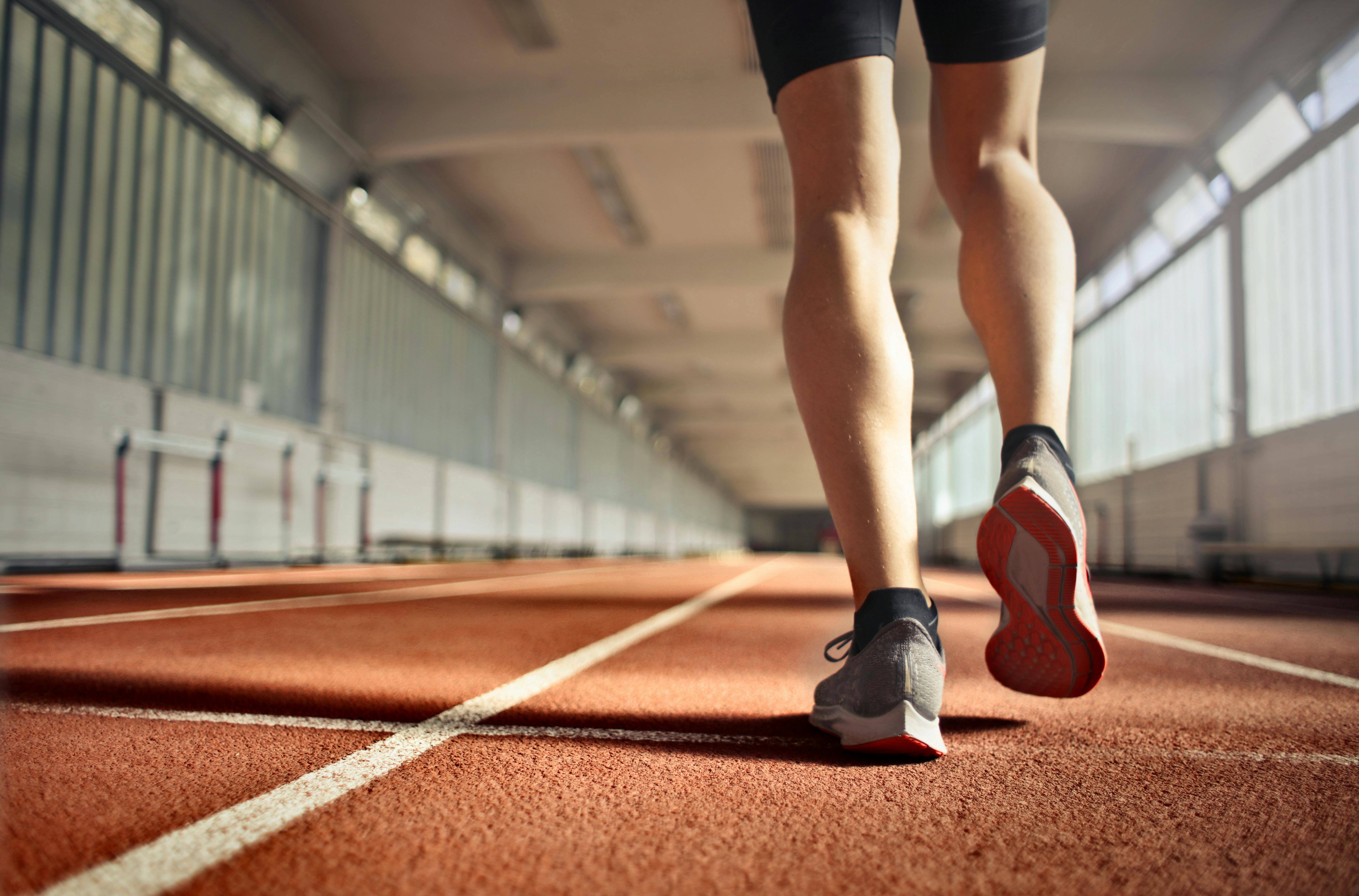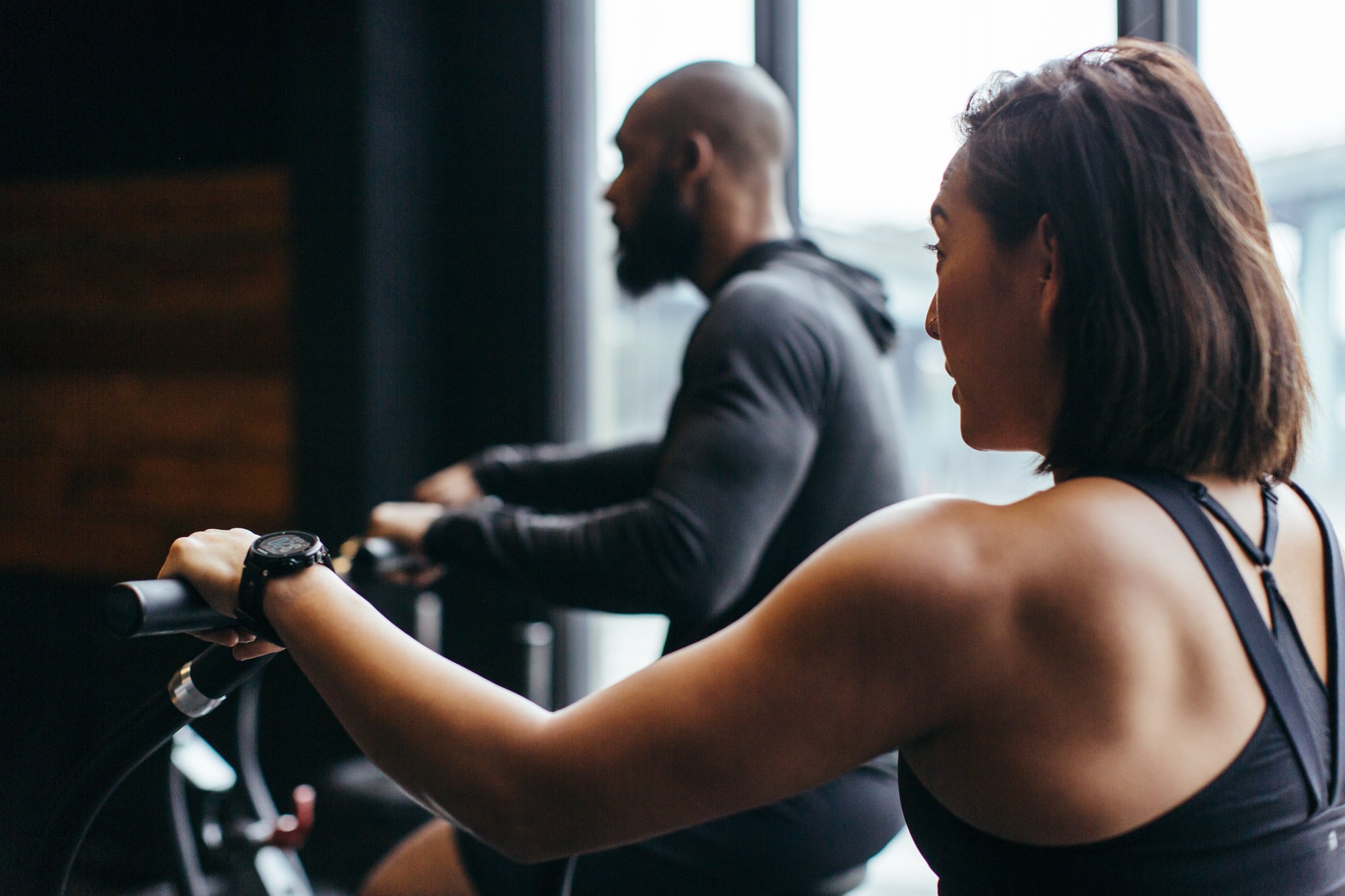Retro-walking (RW), or walking backward, is a therapeutic exercise used in resistance training and physical therapy to alleviate knee and lower back pain, particularly in conditions like osteoarthritis. By engaging muscles differently from forward walking, RW can improve balance, coordination, and functional abilities, making it an effective non-pharmacological treatment for chronic pain and rehabilitation.
What is Retro-Walking (RW)?
In the search for effective non-pharmacological treatments for chronic pain related to the knee, especially osteoarthritis, and lower back pain, a novel approach is gaining attention: retro-walking. Retro-walking, or backward walking, is precisely as it sounds — walking in reverse (1–6). Often performed on a treadmill, this exercise is integrated into foundational resistance training or physical therapy to add a variety of benefits not typically achieved through conventional forward walking (1–6). This method is primarily considered for rehabilitation settings and pain management due to its potential to alter movement mechanics and engage muscles differently (1–6).
How to Incorporate Retro Walking
In order to gain the optimal therapeutic effect, RW must be performed in conjunction with a resistance training or a physical program designed to improve hip flexor and lower limb strength (3, 7, 8). The methodology is as follows:
- Use a treadmill with handrails for balance and safety purposes.
- Set the gradient to 0% (1–8).
- Set the treadmill speed to a self-selected comfortable pace (1–8).
- The exercise duration should last 15-30 min (1–8). Efforts less than fifteen minutes did not yield results.
Why Does Retro Walking Work?
Exploring differences between forward walking (FW) and RW has garnered significant attention from researchers (6). Studies have extensively compared these locomotion modes' kinetic and kinematic aspects, revealing mixed findings. While some studies suggest that RW closely mirrors FW with a mere temporal reversal of joint patterns, others highlight notable biomechanical distinctions (9). For instance, RW typically initiates with a toe strike compared to the heel strike in FW, leading to different gait phases and muscle activations (10). However, the biomechanical distinctions are further emphasized by anatomical and functional asymmetries in the muscles and structure of the legs and feet, which influence the gait mechanics differently in FW and RW.
The stride length is much shorter, with a much higher stride rate (step rate) during the retro walk versus FW (10–12). Additionally, the movement of the toe to heal produces fewer reaction forces (12, 13). Moreover, specific kinematic studies detailed how muscle functions adapt to the demands of RW (11, 12). For example, the eccentric and decelerating actions of the quadriceps in FW are replaced by isometric actions in RW and, lessening the excessive adductor moment at the knee joint altering their role in movement dynamics (7, 9, 14). Similarly, gastrocnemius’s role shifts from decelerating the body’s center of mass to accelerating during different phases of the gait cycle in BW (9, 14).
These findings underscore that while the muscle groups involved may be the same, their functional contributions differ markedly depending on the direction of walking. However, the anti-gravity functions remain consistent regardless of the walking direction. Ultimately, this form of walking engages the leg muscles differently, potentially strengthening areas less affected by forward walking and challenges and improving balance and coordination.
Conclusion
Incorporating retro-walking into a resistance training or physical therapy regimen effectively alleviates knee and lower back pain symptoms. This methodology not only aids in reducing pain but also enhances functional abilities and balance, providing a broader range of improvements for individuals undergoing physical rehabilitation. This approach reflects a growing recognition in the medical community of the need for diverse treatment strategies that address the complexities of chronic pain and mobility issues.
![Blog CTA Med.[button] - military - optimize](https://blog.bridgeathletic.com/hs-fs/hubfs/Blog%20CTA%20Med.%5Bbutton%5D%20-%20military%20-%20optimize.png?width=1240&height=570&name=Blog%20CTA%20Med.%5Bbutton%5D%20-%20military%20-%20optimize.png)
References
1. Goonasegaran AR, Suhaimi A, Mokhtar AH. A randomized control trial on retro-walking improves symptoms, pain, and function in primary knee osteoarthritis. Journal of Sports Medicine and Physical Fitness 62, 2022. doi: 10.23736/S0022-4707.20.11686-4.
2. Alghadir AH, Anwer S, Sarkar B, Paul AK, Anwar D. Effect of 6-week retro or forward walking program on pain, functional disability, quadriceps muscle strength, and performance in individuals with knee osteoarthritis: A randomized controlled trial (retro-walking trial). BMC Musculoskelet Disord 20, 2019. doi: 10.1186/s12891-019-2537-9.
3. Ahmad A, Aldabbas M, Tanwar T, Iram I, Veqar Z. Effect of retro-walking on pain, functional disability, quality of life and sleep problems in patients with chronic low back pain. Physiotherapy Quarterly 31, 2023. doi: 10.5114/pq.2023.117448.
4. Dinesh Kajale M, Akhter Rizvi SR. Comparison of Effectiveness of Forward Walking vs Retro Walking on Pain and Function in Patients with Postmenopausal Osteoarthritis of Knee. International Journal of Science and Healthcare Research 7, 2022. doi: 10.52403/ijshr.20220441.
5. Shabbir S, Hashim M, Sajjad R, Kayani MS, Syed FA, Ibrahim M, Hassan D, Ghouri MH. Effects of Retro-Walking on Pain, Functional Disability and Performance in Knee Osteoarthritis. Pakistan Journal of Medical and Health Sciences 16, 2022. doi: 10.53350/pjmhs2216238.
6. Joshi S, Singh SK, Vij JS. Effect of retrowalking, a non-pharmacological treatment on pain, disability, balance and gait in knee osteoarthritis: A randomized controlled trial. Indian J Public Health Res Dev 10, 2019. doi: 10.5958/0976-5506.2019.00288.2.
7. Gondhalekar GA, Deo MV. Retrowalking as an Adjunct to Conventional Treatment Versus Conventional Treatment Alone on Pain and Disability in Patients with Acute Exacerbation of Chronic Knee Osteoarthritis: A Randomized Clinical Trial. N Am J Med Sci 5: 108–112, 2013.
8. Balasukumaran T, Olivier B, Ntsiea MV. The effectiveness of backward walking as a treatment for people with gait impairments: a systematic review and meta-analysis. Clin Rehabil 33 SAGE Publications Ltd: 171–182, 2019.
9. Joshi S, Singh Vij J, Singh SK. Medical Science Retrowalking: A New Concept in Physiotherapy and Rehabilitation. 2015.
10. Nishii J, Tanaka Y, Suenaga H. Optimality of leg swing trajectories of forward and backward walking. .
11. Suenaga H, Hashizume Y, Nishii J. An analysis of leg joint synergy during backward walking. In: Proceedings of the Annual International Conference of the IEEE Engineering in Medicine and Biology Society, EMBS. 2013.
12. Lee M, Kim J, Son J, Kim Y. Kinematic and kinetic analysis during forward and backward walking. Gait Posture 38, 2013. doi: 10.1016/j.gaitpost.2013.02.014.
13. Soda N, Ueki T, Aoki T. Three-dimensional motion analysis of the ankle during backward walking. J Phys Ther Sci 25, 2013. doi: 10.1589/jpts.25.747.
14. Cipriani DJ, Armstrong CW, Gaul S. Backward walking at three levels of treadmill inclination: An electromyographic and kinematic analysis. Journal of Orthopaedic and Sports Physical Therapy 22, 1995. doi: 10.2519/jospt.1995.22.3.95.


![Blog CTA Med.[button] - military - optimize](https://blog.bridgeathletic.com/hs-fs/hubfs/Blog%20CTA%20Med.%5Bbutton%5D%20-%20military%20-%20optimize.png?width=1240&height=570&name=Blog%20CTA%20Med.%5Bbutton%5D%20-%20military%20-%20optimize.png)


